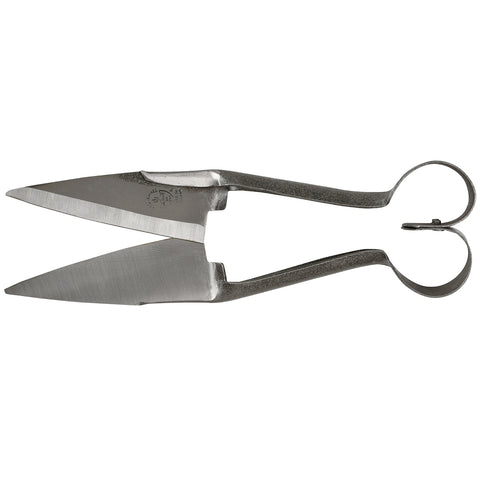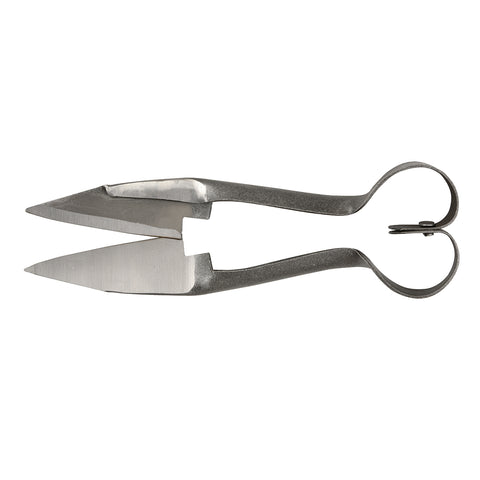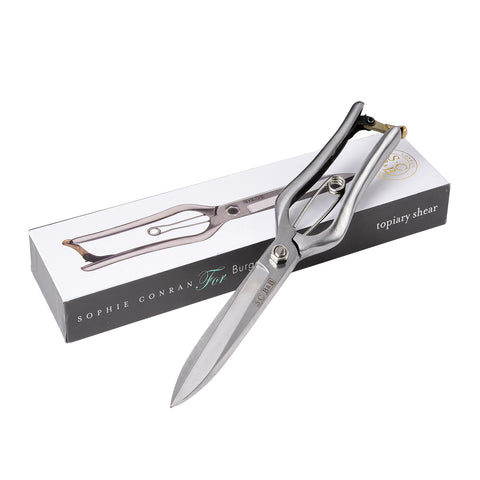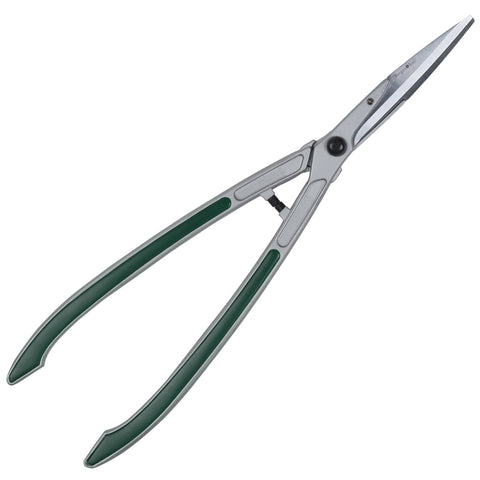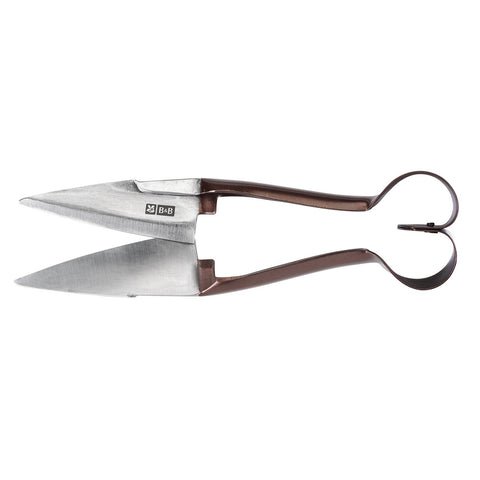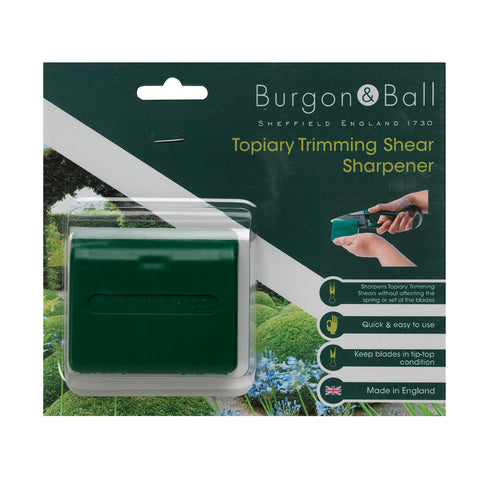Topiary never goes out of fashion, and it makes a fabulously stylish addition to any garden, whether modern or more classic. Why not try your hand at creating this beautiful living architecture?
 If, like us, you’re a fan of TV gardening programmes (naming no names, but woe betide anyone who calls after eight o’clock on a Friday night!), you’ll hear time and time again about the structure of a garden; the skeleton, if you like, which will be dressed by luscious leaves and fragrant flowers during the warmer months.
If, like us, you’re a fan of TV gardening programmes (naming no names, but woe betide anyone who calls after eight o’clock on a Friday night!), you’ll hear time and time again about the structure of a garden; the skeleton, if you like, which will be dressed by luscious leaves and fragrant flowers during the warmer months.
But just like building a house, in which the frame goes up first, it is structure which is the key to a gorgeous garden – and topiary is a time-honoured way to create this.
It might sound a little grand, but topiary doesn’t need to be intimidating. You just need to find your inspiration! From the low box hedging of the classic English garden, through simple shapes like balls and cones, even to peacocks and other fabulous flights of fancy… topiary adds year-round interest, flair, and an air of distinction to any garden.
First things first
The good news is that now is the perfect time for topiary. ‘Don’t trim topiary before Derby Day’, goes the received wisdom, and waiting until June means all risk of damaging frost has passed. What's more, a trim after the first burst of spring growth has finished minimises the need to cut again, later in the season. A trim this month will keep topiary looking good all summer long.

If you don’t already have a suitable shrub in situ, you can plant one - or a group of plants, set at an angle to grow together, for denser growth. But of course, this method will take time as the plants will need to grow. It could be some years before you can even think about starting to sculpt.
For a faster fix, buy a new shrub – it doesn’t need to be already shaped. They say topiary is like sculpture, in that the end shape is already inside, just hidden under a layer of extraneous material. If you can see your desired shape inside the shrub, that’s the one for you!

Time to trim
Once you have your plant, it’s actually fairly straightforward to trim it into a simple shape such as a ball or cone. You can buy frames to help – just clip them into place around the plant, and trim anything which protrudes!
When you’re trimming topiary, make sure you use really sharp blades. Our classic RHS-endorsed one-handed topiary shears make the job easy, because they leave the other hand free to ‘fluff’ the foliage, to see how it will look as it shifts and settles. These shears are hand-made at our factory in Sheffield - we patented our shear design in 1865, and haven’t changed it since! The shears are razor-sharp, and there’s even a special sharpener available, which you can run along the blades without altering the ‘set’ of the shears.
If you’re carrying out a more major re-shape, you might find a two-handed shear like our RHS-endorsed Topiary Hedge Shear will help you quickly achieve a precise result.
 One useful piece of advice is to try to avoid trimming in hot sunshine - late afternoon is the perfect time, or wait until an overcast day - that shouldn't take too long! If you trim in hot sunshine, the leaves can scorch where they’re cut, and your topiary may start to become a little crispy around the edges – never a good look.
One useful piece of advice is to try to avoid trimming in hot sunshine - late afternoon is the perfect time, or wait until an overcast day - that shouldn't take too long! If you trim in hot sunshine, the leaves can scorch where they’re cut, and your topiary may start to become a little crispy around the edges – never a good look.
Once your topiary shape is up and running, care is straightforward. Just remember that it will need plenty of food, and plenty of water. Deep, fertile, well-drained soil in a sheltered, partially shaded site is ideal, but topiary pots also work extremely well, with the advantage that you can move them around the garden. They can easily dry out, though, so do ensure you keep them well watered. A regular feed with a general-purpose fertilizer will keep your topiary looking lush and green; if the plant’s not getting enough nutrients, the leaves will become a yellow or coppery-brown with pale cream-coloured tips.
And that’s it! Topiary looks impressive, but is really surprisingly easy to create and to maintain. So why not give it a try this summer, and who knows - it may become a new passion!



